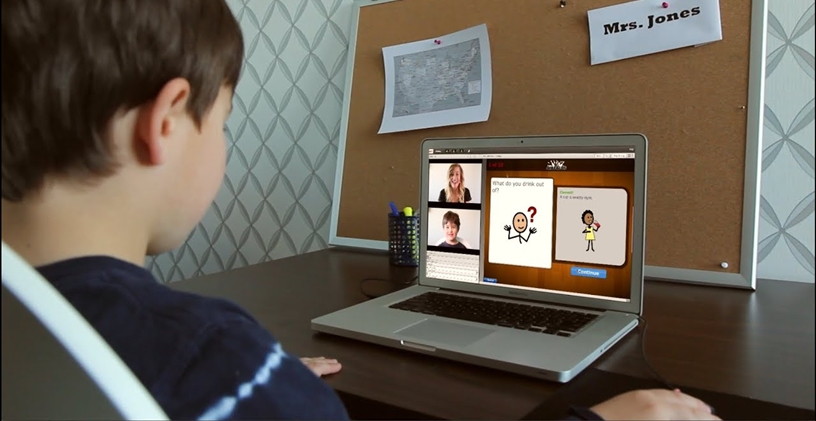4 Misconceptions About Teletherapy

The world is getting smaller every day. With the development of technology and the ever-increasing increase in internet usage, it is now possible to reach everyone and everything from wherever you want. This includes therapy.
Especially in this period of social distancing, where it is forbidden to leave the house, many people rightfully prefer the teletherapy method, which they can attend from their homes, instead of face-to-face therapy whenever they can. Online therapy offers clients the comfort of their own home, provides a large pool of therapists to find the best fit for you, and reduces the time spent on the road to zero, giving you more time to spend on the things you want.
In addition to all these, online therapy gives adults and children who experience distance, health problems, and problems in arranging a suitable time for therapy access to the support they need. However, like everything else, online therapy has its downsides. Like the physical distance between the therapist and the client.
Both parties may be worried about whether therapy can be administered correctly with such a distance between them. In addition to these limitations, digitalization in therapy raises some questions and concerns for clients and therapists. Even if you have some concerns about online therapy, we decided to share with you the common misconceptions about teletherapy and the facts about these issues.
4 Common Misconceptions About Teletherapy
Myth: “Children are not suitable for teletherapy.”
If you work with children and their families, parents may say that especially young children are too young for online therapy. Remember the importance of early intervention in such situations and remember that families can help with the exercises the child needs to do as an e-assistant in the therapy of young children.
In order to provide the support they need, especially for children aged 0-3, the therapist and family can work together to identify activities and games that can help development. These activities can be implemented by the family to support child development.
Myth: “Teletherapy doesn’t work”
Although there is no scientific data or research to support that teletherapy does not work, research on online therapies supports that applications such as occupational therapy, physical therapy, speech therapy and psychotherapy can be as effective as face-to-face therapies, as long as they are done correctly.
Of course, there may be people who cannot benefit from the teletherapy model, but the same applies to face-to-face therapies. One of the first things a therapist learns is that you can’t help someone who doesn’t want to get well. Therapy is a process in which the client and the therapist work together. For this process to be successful, both sides must work on the development of the client. The type of therapy doesn’t make much difference if the client doesn’t make the necessary effort or doesn’t want to improve, get better. Whether that person receives face-to-face support or online, it still does not make much progress.
Myth: “Customers who need assistance in administering therapy are not eligible for teletherapy.”
Some therapies require you to help the client functionally. This certainly does not prevent you from taking online therapy. In such cases, “e-helpers” come to the rescue. E-assistant parent, sibling, teacher, caregiver, etc. people can be. Helpers follow the therapist’s directions and provide the client with the functional assistance they need. This system not only provides helpers to have information about how they can support the client, but also facilitates the therapy process.
Although online therapy may sound different from normal therapy, when you gain enough experience, you will see that teletherapy is not much different from normal therapy. To reduce the differences between face-to-face therapy and online therapy, all you have to do is use your creativity to think outside the box.
Myth: “When therapy is done online, all therapy processes are done on the screen.”
Even if therapy is conducted remotely online, neither therapy nor therapist is limited to the screen. Materials have an important place in both face-to-face and online therapy. If the client needs material during teletherapy, a list of what will be needed is given by the therapist before the session. Using therapy materials increases the client’s participation in the therapy process.
References
This article was written by Clinical Psychologist Selen Kahraman. Selen Kahraman completed her undergraduate studies at York University in Canada and her MSc in Clinical Psychology at Swansea University in England. Specializing in CBT and solution-focused therapy, Selen Kahraman is currently working as a clinical psychologist at DiLGEM.






